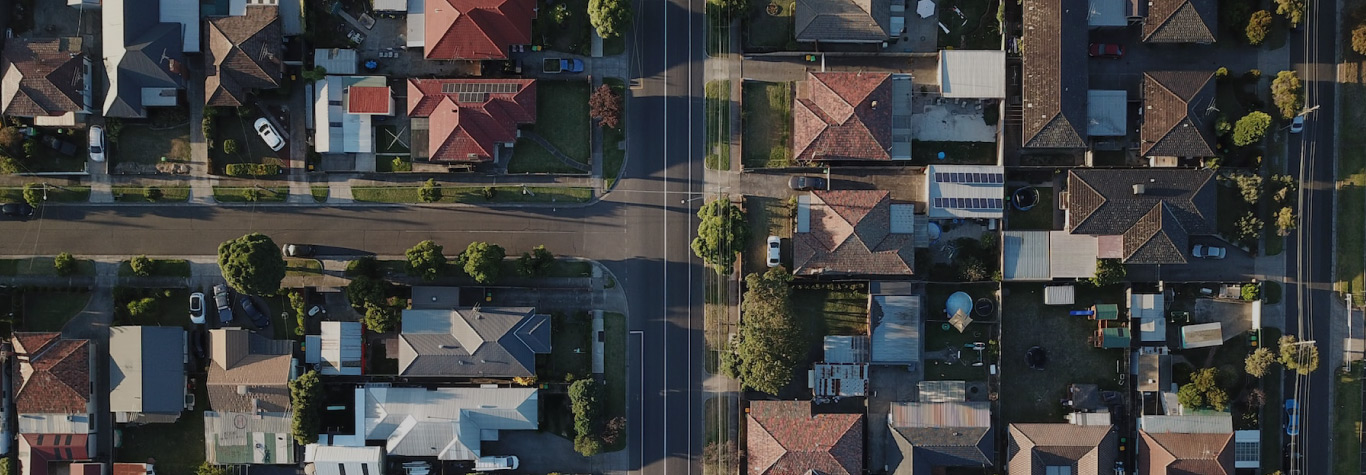
The Planning Application Process
So, you need planning approval for your renovation or development. But where do you start? What is the process? And what should you be on the lookout for?
Here are the six steps of a typical planning application. To remove confusion – and help you get a positive outcome.
1 Pre-lodgement
In the pre-lodgement stage, you’ll need to get your designer or architect to draw up all necessary plans. Your town planner can offer advice and assist with collating the information.
The desired result is to finalise the renovation or development’s proposed use – and make decisions on all the finer details, such as internal layout, parking arrangements and building materials.
We’ll then lodge the completed application to the Council on your behalf.
2 Initial assessment
This is when your planning application starts its journey with the Council.
It will be allocated to a town planner for an initial assessment. If needed, they may request additional information.
During the initial assessment, Council will tell us if they have any initial concerns or issues with the proposal. This gives us an opportunity to discuss the project further and amend the plans prior to step three – advertising.
3 Advertising
Once Council has accepted any amendments, your application will be advertised.
This means Council will share the proposed plans with anyone who may be impacted by your renovation or development – such as neighbours or surrounding businesses.
Advertising is typically carried out over a 14-day period. Council may use a contractor for the advertising notices or have you do it yourself. Either way, the advertising materials will incur a fee.
Any objections to your application are usually received during the advertising period but will be accepted up until the date Council make their decision on your application.
Not all planning applications need to be advertised. But Council likes to take a cautious approach, so most applications are.
4 Final assessment
Once the advertising period is complete, it’s time to wait for the Council planner to complete the final assessment of your application.
They’ll consider any objections received and, if necessary, organise a consultation with you and the objecting party. They may also want to discuss any referral comments received after the initial assessment.
Referral comments come from internal Council departments, and can consist of – but are not limited to – the following concerns:
- Engineering: Parking or drainage issues
- Vegetation: Tree removal or protection
- Parks and gardens: Nature strips and public trees and gardens
- Heritage and urban design: Aesthetics of the development
You’ll then need to wait for the planner to write their report and have it reviewed by their team leader.
5 Council Decision
Once Council has made their decision and signed off on the report, a copy of the formal decision will be sent to you – or whoever submitted the proposal on your behalf.
The possible decisions are:
- Approval: A Planning Permit will be issued with conditions
- Refusal: A Notice of Refusal will be issued with grounds (reasons) for refusal
- Notice of Decision: A temporary state when the Council approves the application but there are objectors. You’ll receive a copy of all future planning permit conditions. And all potential objectors will receive 28 days to appeal the decision at VCAT. Once this time has passed, Council will issue the final Planning Permit.
6 Endorsement
Your newly issued Planning Permit may contain changes Council want to make to your plans – known as amendments.
If they request amendments, you’ll need to modify your plans in accordance with the Planning Permit and submit them back to Council for endorsement.
Once your plans are endorsed, the approval is complete – and town planning is finished. Congratulations!
Frequently Asked Questions
How long does the initial assessment by the Council take?
In most circumstances the Council will carry out the initial assessment within 28 days of you submitting your planning application. Following on from this initial assessment the Council will then request any additional information that is required to complete the assessment of your application.
What happens if the Council has concerns about my application?
If the Council has concerns about your application they will likely flag them to you. However, errors and miscommunications can occur, so it is important to directly engage with the planner and ensure that any concerns are raised with you so that they can be worked through.
How is my application advertised, and what does it entail?
There are three main ways that planning applications are advertised: on-site notice; letters to nearby properties and a notice in the local newspaper.
What are the possible outcomes of the Council's decision?
The Council decision will be to either approve or refuse the planning application. If objections have been received and the Council supports the application, they will first issue a Notice of Decision. If no appeals are lodged with Victorian Civil and Administrative Tribunal the Council will then approve the permit.
How do I submit plans for endorsement?
Once all conditional amendments are made to your plans you can submit everything for endorsement. Some Councils have an online portal, while others want you to email it to them. You should check with your Council on their preferred method for submission of plans for endorsement.
What should I do if my planning application is refused?
The first step is to request a copy of the Delegate Report, to identify further details on the refusal. You should then seek expert advise from your planning team on whether an appeal of the decision to the Victorian Civil and Administrative Tribunal (VCAT) would likely be successful. If there are any appropriate blogs, link them with 1-3 relevant word phrases.
